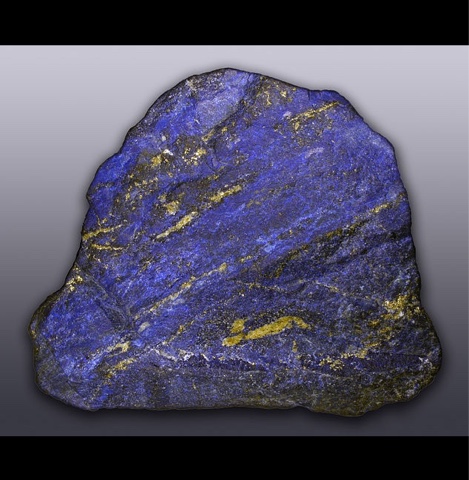What is Lapis lazuli
Lapis lazuli /ˈlæpɪs ləˈzuːliː/ or /ˈlæʒuːlaɪ/(sometimes abbreviated to lapis) is a deep blue semi-precious stone that has been prized since antiquity for its intense color.
Lapis lazuli was being mined in the Sar-i Sang mines[1] and in other mines in the Badakhshan province in northeast Afghanistan as early as the 7th millennium BC,[2] Lapis beads have been found at neolithic burials in Mehrgarh, the Caucasus, and even as far from Afghanistan as Mauritania.[3] It was used for the eyebrows on the funeral mask of King Tutankhamun(1341–1323 BC).[4]
At the end of the Middle Ages, lapis lazuli began to be exported to Europe, where it was ground into powder and made into ultramarine, the finest and most expensive of all blue pigments. It was used by the most important artists of the Renaissance and Baroque, including Masaccio, Perugino, Titianand Vermeer, and was often reserved for the clothing of the central figure of the painting, especially the Virgin Mary.[1]
Today mines in northeast Afghanistan are still the major source of lapis lazuli. Important amounts are also produced from mines west of Lake Baikal in Russia, and in the Andes mountains in Chile. Smaller quantities are mined in Italy, Mongolia, the United States and Canada.[5]


Comments